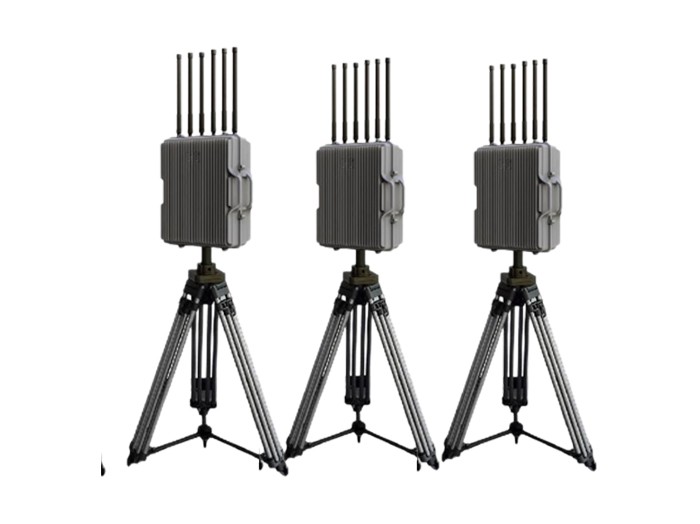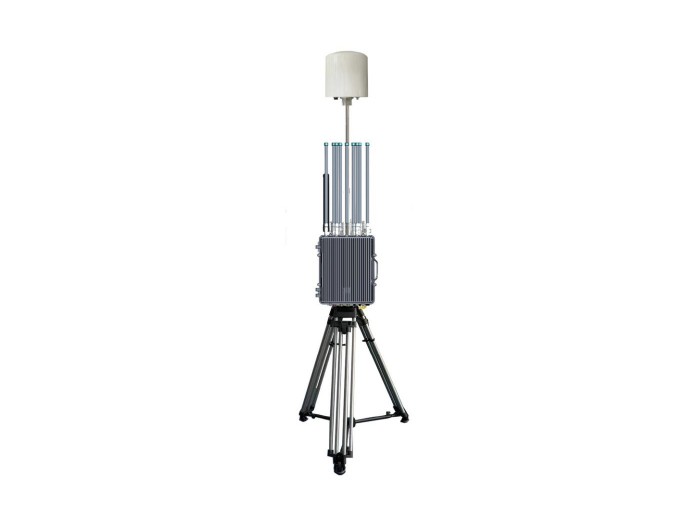Net Device for Drones in Military Aircraft: Enhancing Aerial Defense and Control
In modern aerial warfare and surveillance, securing airspace against unauthorized drones is a critical challenge facing military forces worldwide. The rapid proliferation of drones, especially small unmanned aerial vehicles (UAVs), requires advanced countermeasures to protect military aircraft and sensitive operations. One emerging solution gaining traction is the use of net devices for drones in military aircraft. These specialized devices capture or disable hostile drones through physical entanglement, offering a non-lethal, precise approach to drone neutralization. Understanding this technology and its developments is vital for defense strategists and technological innovators aiming to maintain aerial superiority in increasingly congested skies.
What Is a Net Device for Military Drones and How Does It Work?
A net device designed for drones in military aircraft is a counter-drone technology that deploys a net to capture or incapacitate unmanned aerial vehicles. Unlike electronic warfare or kinetic methods that can cause collateral damage, net devices physically entangle the drone, rendering it inoperative. These devices often integrate with military aircraft or ground platforms, using sensors and targeting systems to detect, track, and intercept hostile drones.
Typically, these net systems operate through pneumatic launchers, compressed air cannons, or specialized drone-carrying aircraft that deploy nets mid-air. Once released, the net envelops the target drone, causing it to lose aerodynamic stability and fall safely to the ground. For example, recent trials by defense contractors have demonstrated net systems capable of disabling drones at ranges up to 200 meters with a 90% success rate, highlighting their operational reliability in complex missions.
Net devices are increasingly favored due to their minimal electronic interference, reduced risk of collateral damage, and adaptability across various defense platforms. Integration with radar and infrared detection systems further enhances their effectiveness, enabling rapid response to emerging drone threats.
Benefits of Using Net Devices for Drone Defense in Military Aviation
The adoption of net devices for drones in military aircraft offers multiple strategic advantages over traditional counter-drone tactics, such as jamming or ballistic interception. Key benefits include:
- Non-Lethal and Precise Neutralization: Nets disable drones without destroying them, enabling recovery and intelligence gathering from captured UAVs. This precision reduces risks to friendly forces and civilian infrastructure.
- Reduced Electronic Vulnerability: Unlike jamming, which can affect friendly communications, net devices operate physically, making them immune to electronic counter-countermeasures (ECCM).
- Cost-Effectiveness: Reusable launch systems and recoverable drones reduce operational costs compared to missile or laser-based defenses.
- Scalable Deployment: These devices can be mounted on various platforms, including fighter jets, helicopters, and ground vehicles, providing flexible defense layers.
- Effective Against Swarms: Sophisticated net-launching mechanisms can engage multiple drones simultaneously, a critical feature as drone swarms become prevalent in military conflicts.
Military analysts report that integrating net devices with existing optical and radar tracking improves detection-to-intercept time significantly, with some systems reducing response time by up to 40%. This responsiveness minimizes risk and enhances mission success rates.
Applications and Deployment Scenarios of Net Devices in Military Environments
Net devices for drones are deployed across diverse military scenarios to safeguard aircraft, bases, and personnel. Common applications include:
- Airborne Defensive Measures: Fighter aircraft equipped with net launchers can intercept threatening drones during combat or reconnaissance missions, maintaining air superiority and pilot safety.
- Base Perimeter Security: Ground-based net systems protect airfields and command centers from UAV intrusion, often integrated with automated alert and targeting protocols.
- Escort and Convoy Protection: Helicopters and transport aircraft utilize net devices to neutralize drones targeting high-value assets during transit.
- Swarm Management: Specialized net delivery drones support counter-swarm tactics, intercepting multiple hostile UAVs efficiently and protecting larger aircraft formations.

A notable field exercise conducted in 2023 by a NATO member demonstrated drone net devices successfully intercepting hostile drones attempting to breach a frontline air corridor. The system’s adaptability across varying altitudes and drone sizes confirmed its strategic value in real-world conflict zones.
Future Trends and Innovations in Net Technology for Military UAV Defense
The future of net devices for drones on military aircraft is poised for significant technological advancements, driven by the evolving drone threat landscape and emerging defense needs. Key trends include:
- Integration with Artificial Intelligence (AI): AI-powered targeting systems improve detection accuracy and optimize net deployment timing, enhancing operational efficiency even in cluttered air environments.
- Miniaturization and Autonomous Systems: Compact net-launching drones capable of autonomous interception may supplement manned aircraft, providing layered defense networks.
- Advanced Materials for Nets: Research into lightweight, strong fibers and electrically conductive nets aims to improve durability and the ability to disrupt drone electronics upon capture.
- Hybrid Counter-Drone Solutions: Combining net devices with electronic warfare and kinetic interceptors offers comprehensive protection, tailored dynamically to threat levels.
Military research institutions project that net devices will integrate seamlessly with the next generation of stealth drones and unmanned combat aerial vehicles, ensuring continuous dominance in contested airspaces.
Key Takeaways and Recommendations for Implementing Net Devices in Military Aviation
- Evaluate your operational environment to identify appropriate net device platforms, from airborne to ground-based systems, ensuring coverage of critical assets.
- Invest in training programs for personnel on net device deployment, maintenance, and integration with existing detection systems to maximize readiness.
- Consider multi-layered drone defense architectures, combining net devices with electronic and kinetic countermeasures for adaptable threat responses.
- Stay informed on emerging AI and materials advancements to future-proof your drone defense capabilities.
- Contact our experts for tailored consultation on selecting and deploying net devices optimized for your military aircraft and mission requirements.
Conclusion: Secure the Skies with Advanced Net Devices for Military Drones
As drone threats evolve rapidly in modern combat scenarios, net devices for drones in military aircraft represent a forward-looking, effective countermeasure that balances precision, safety, and operational efficiency. By integrating these systems into comprehensive aerial defense strategies, military forces can protect critical assets, achieve air superiority, and adapt to future challenges. Visit our website now or contact us for a free consultation to explore how our cutting-edge net device solutions can enhance your drone defense capabilities and secure your airspace against emerging threats.
Want to learn more about drone defense technologies? Visit our website today! Have a similar question or need expert advice? Contact us here.

















